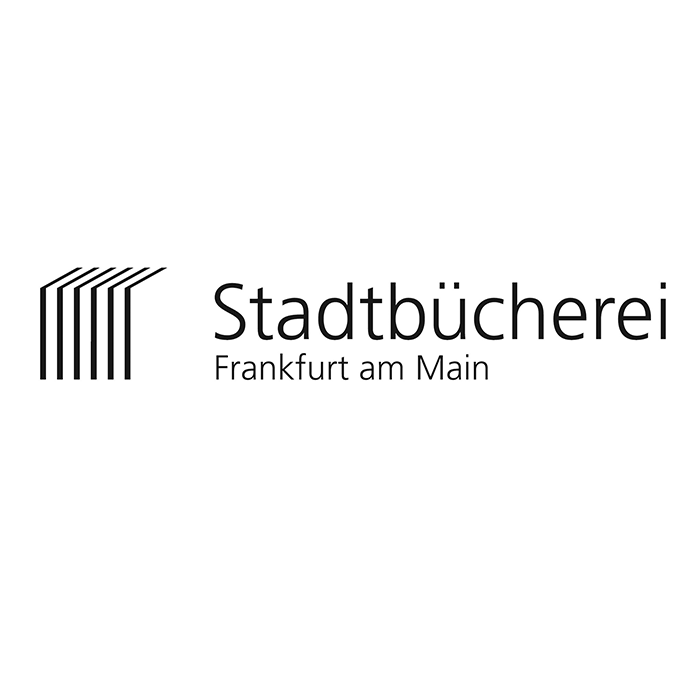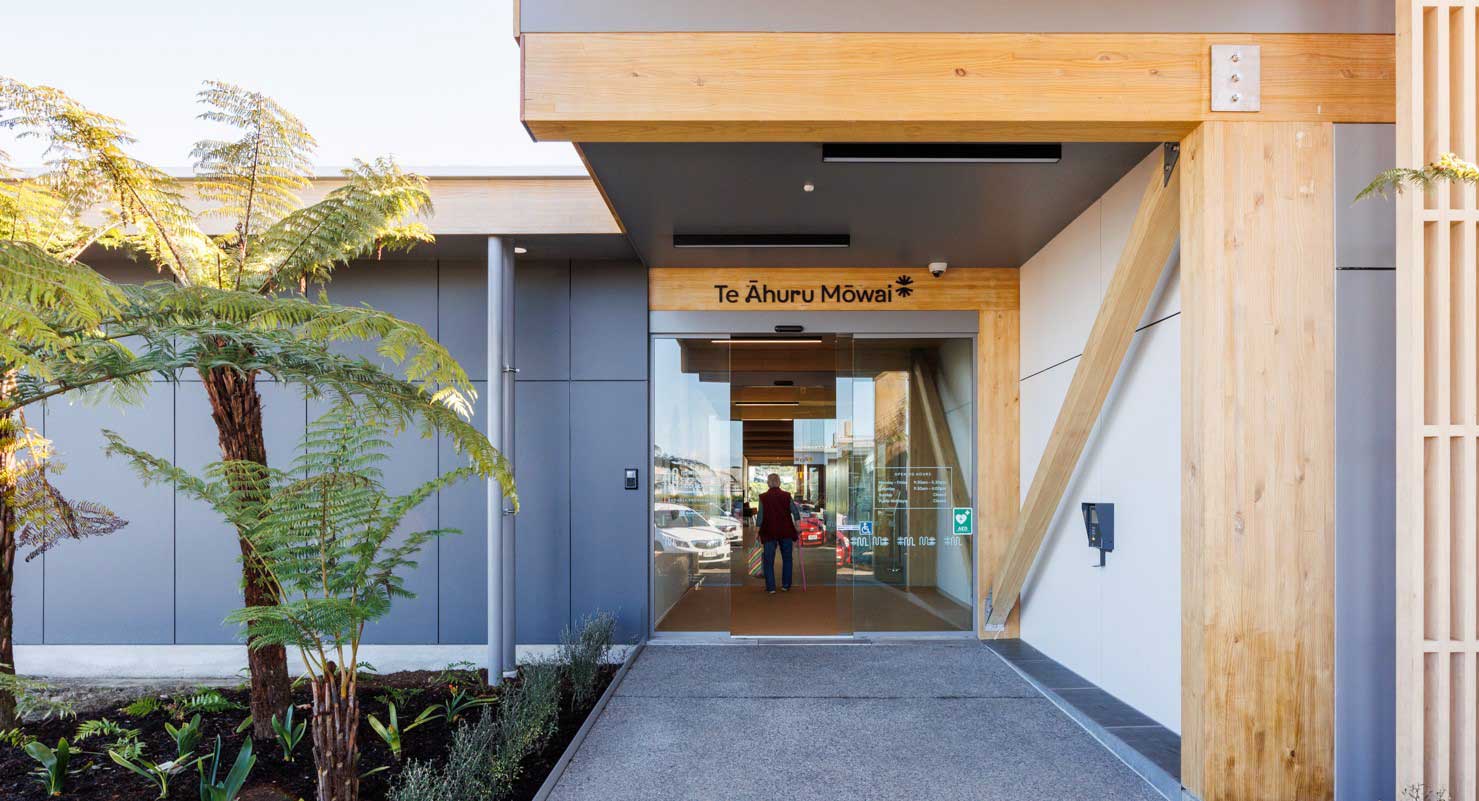Sorting library materials across multiple floors with flex transportationSystems.

Challenge
Solution
Result
Frankfurt’s Central Library: optimized services through centralized sorting
Frankfurt is one of the largest cities in Germany. In this city, whose population has been growing rapidly for years, the city library undoubtedly acts as a Third Place for its users. The public library system is one of the most popular institutions in the city of Frankfurt, boasting 1.5 million visitors a year. The library encompasses 18 branches and two bookmobiles, offering a total collection of 600,000 physical items and 170,000 electronic resources. The collection covers the entire spectrum from books, CDs / DVDs, magazines and e-media to games and music scores. Over 2.5 million physical loans were circulated last year, and more than 50,000 items are added to the inventory annually.
Together, the Central Library and the music library at Hasengasse include 186,000 items and were visited over 515,000 times in 2017. Since moving to Hasengasse in 2007, the Central Library has been an indispensable cultural meeting place as well as a generously designed learning and event venue to the whole community. Before moving in, the building of the former central bank was completely renovated and modernized. True to the motto “We open spaces and horizons,” a fresh, bright, modern interior concept was created, which, according to their brochure, functions as an “oasis in the hectic pace of everyday life and as a meeting place for encounters and dialogue.” During the renovation, the library technology was updated and the collection was converted to RFID.
Refreshed return and sorting
In August 2017, the Central Library installed a new complex solution for materials return, transportation and sorting. It consists of two return points with 2-way sorting on the ground floor and a sorting system in the basement with 16 bins. An elevator lift seamlessly connects the two floors. One of the two return points is located in the foyer, which, thanks to electronic access control, can be accessed from 6 am to midnight, regardless of the opening hours. The other return is inside the library.
“The installation of the larger return system was an important part of improving service for public library users,” explains Dr. med. Sabine Homilius, Director of the Frankfurt City Library.
The use of an RFID return was nothing new to the Central Library. The library began using one single outdoor patron return point with a 4-bin automated materials handling system in 2009. Demand steadily increased over the years, surpassing the capacities of the original system. Eventually, the time spent emptying rapidly filling bins consumed the time saved by using a sorting system as they not only accept returned items from the Central Library, but also the materials from all other district libraries.
“The decision to build the new system was initially due to the fact that the old system regularly reached its capacity limits. We had to react to the increasing use and find an adequate solution,” says Sabine Homilius.
Horizontal and vertical transport in combination
The planners soon became aware that the quantity of materials handled by the library demanded a scope of equipment that could not fit in the entrance area of the ground floor. Together with architects and Bibliotheca’s project managers, structural alterations and a two-story system were designed. This would greatly impact the space, as an elevator transports materials from the ground floor to a much larger sorting room in the basement.
The advantages are obvious. First, this allows most of the extensive sorting to be moved to the basement, freeing up ground floor space near the entrance for other uses. Second, the lower rooms offer plenty of space to install a system that will provide for the library’s long-term needs. The system was designed to handle the library’s anticipated growth, and the modular design allows it to be easily expanded in the future if needed.
The foyer is lower than the main portion of the library, which presented another challenge. The designers had to compensate for a height difference of almost half a meter in just a 1.4 meter distance. Using a special conveyor, the materials are initially transported from the foyer return to the central return. There, the Central Library holds are sorted directly into a bin on the ground floor. All other materials are pushed into the elevator and transported to the basement conveyor belt where they are sorted into one of 16 bins. In the basement, staff also have the option of manually returning items at a staff return.
The basement renovation focused on moving non-load-bearing walls and doors to maximize available space. On the ground floor, a minimal opening was created for the elevator. In order to allow patrons access to the foyer during non-open hours, the library installed an electronic access panel that can be operated with a visitor’s library card.
Outstanding performance
When both automatic returns are in use, the transport system is capable of handling and sorting 820 items per hour. Currently, the system processes around 1,200 returns per day during the week. Many visitors take advantage of library programs and check-out new titles when they are returning borrowed items. The new system is large enough to handle not only the present workflow, but also future demands. Even on holidays, all returns are handled seamlessly, without the need for emptying the bins during those days.
Conclusion
In 2017, the Central Library’s visits increased over 3%. Each year, several hundred continuing-education events, readings, lectures and discussions take place at the library. They are very popular and appeal to a wide range of patrons. This makes it critically important that the return system works well and has an easy-to-use patron interface, ensuring users embrace the technology. The system allows returns from all branches of the Frankfurt Public Library for 18 hours a day, regardless of whether the library is open.
The expansion of the facility is a significant step towards optimizing services for users, thanks to higher performance, capacity and availability. The ingenious design provides remarkable efficiency and flexibility in minimal space.
“The expansion was also a strategic decision in the context of personnel development. Relieving employees of routine activities, such as shelving materials, leaves more time available to help patrons and initiate programs such as the Digital Hour. The new system has freed up human resources and allowed us to expand the open hours of the Central Library,” says Sabine Homilius.
Implemented with glass windows on both floors, users can get a clear view of the sorting technology. Visitors are always fascinated to see how the materials are transported after being placed in the return, how the elevator moves the books, and how the titles run along the long sorting line and magically fall into a seemingly arbitrary bin.
In short: “The view of the system is a crowd-pleaser. In any case, we recommend that other libraries allow their readers to watch it in action,” concludes Sabine Homilius.
You may also like
Insights + Trends

Groundbreaking access: open+ in Manawatū Community Hub Libraries, New Zealand
Extended library access that is highly-used and applauded by the community.

Self-service by the sea: selfCheck 500 in Kaipara District Libraries, New Zealand
Refresh a branch using modern library self-service technology, utilise selfCheck 500 to help the tiny library team streamline workflow

Access abounds in Australia:
Blue Mountains Library
Discover how Blue Mountains Library in Australia transformed its services with RFID technology, connecting remote communities and enhancing access to essential resources during disasters.


